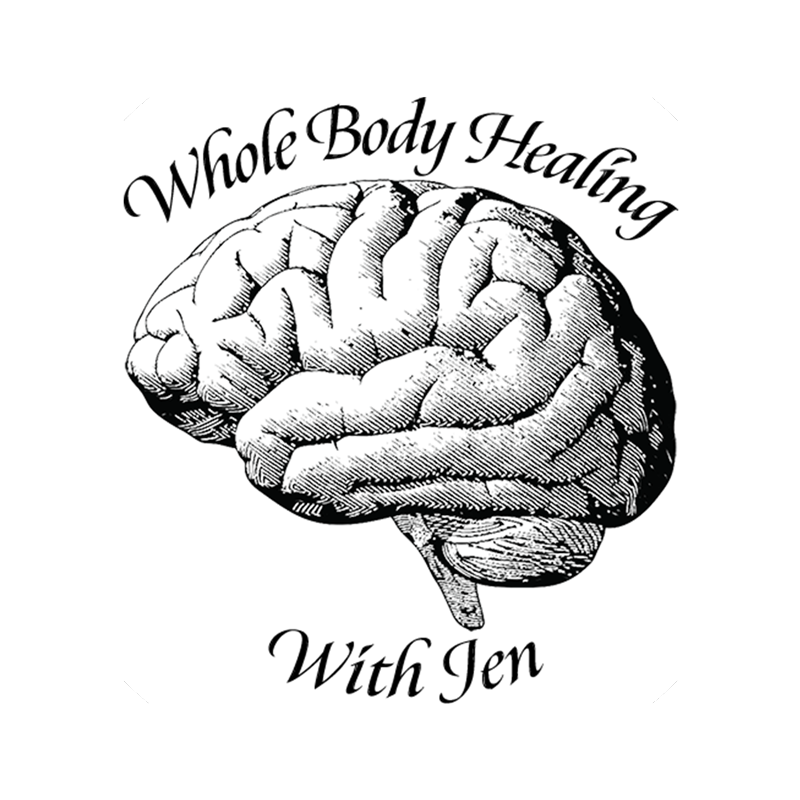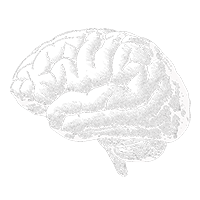Startling Information about Histamines
Before we start, we must make it clear that histamine intolerance and mast cell activation is a SYMPTOM of a deeper root cause. Everything we do for recovery must keep this fact in mind. Watch the video below and scroll down for the written article!
So what is histamine in the first place? It’s a hormone and neurotransmitter. It has stimulating, inflammatory, and therefore is released when we encounter a toxin, become injured, are fighting a pathogen, and also when we wake up in the morning, become sexually aroused, digest food, have an intense emotional experience, or focus on something intently. When you have a cold, your histamines elevate. When you have an allergic reaction, your histamines elevate. An acute response generally looks like watery eyes, mucous in the sinuses and throat, itching, flushing, red and swollen skin.
When people have a histamine or mast cell disorder, they general have more chronic versions of these symptoms. It is very common to have a lot of skin related symptoms, although not everyone does. Hives, welts, raised and flushed skin, and rashes are very common.
Neurologically, most people with histamine issues have a lot of chronic insomnia, and have a hard time getting a full nights sleep- you tend to feel wired at night. Obsessive and compulsive thinking patterns (often diagnosed as OCD) can be related to elevated histamines in the brain. This can also look like recurrent negative intrusive thoughts, even about suicide. People with histamine issues tend to be very sensitive to sensory stimuli, or get very emotionally overwhelmed very easily. Crying easily because of stress is common with histamine and mast cell issues. The most severe histamine reactions often come with an overwhelming sense of dread or impending doom, that can come out of nowhere.
People with histamine issues can have food aversion, which sometimes is diagnosed in anorexia. Histamine is an appetite suppressant, and makes food seem unappealing. That being said, people with histamine issues tend to either be underweight (you cannot gain weight no matter how much you eat) or slightly chubby or “puffy” looking- again, regardless of how many calories you are eating.
So if these descriptions ring true to you, histamines may be a piece of your puzzle!
How do histamines accumulate in a chronic way in the first place? Usually it relates to high production in the body related to fighting toxicity or a chronic infection. The second part is related to not breaking down histamines properly once they are produced, related to poor gut health and congestion in the liver.
THESE are the root causes of histamine and mast cell issues and need to be addressed directly: Toxicity, gut dysbiosis, leaky gut, liver congestion.
For people who are more severely reactive, you have to start with lowering your overall histamine levels FIRST. Then, you can begin very healing practices which are generally very histamine provoking and not tolerated in the beginning of your journey.
First, stabilize. Then, heal. This is the most practical approach.
How do you REDUCE your symptoms in the short term so that you can stabilize and begin deeper healing practices?
Eat a low histamine diet: avoid fermented foods like yogurt or sauerkraut, cured meats, dried fruit and meat, seafood and pork, avocados and most tropical fruits, citrus, spinach and mushrooms, most nuts and seeds.
Most fresh meats, fresh vegetables, whole grains and legumes are low histamine. Additionally, some vegetables and herbs actually have anti histamine or histamine regulating properties, such as fennel, parsley, broccoli, onion, ginger, cilantro, thyme, nettles, mint, dill, and more. You can also juice these histamine regulating vegetables and herbs for a natural anti histamine drink! This is a great, basic whole foods diet that is low histamine and for a lot of people will help them stabilize so that they can start to begin a more deeply therapeutic protocol.
For the most severely reactive people, a carnivore diet is generally indicated. Some people do best on the “lion diet” version of carnivore (beef, salt and water only), some people do better with chicken, duck and lamb.
Lifestyle practices that can help you lower histamines include avoiding heat (keep cool as much as possible), and avoiding all synthetic chemicals or fragrances in your cleaning or hygiene products.
Mindset wise, you need to lower your stress and retrain your limbic system or the “fear” center of your brain, which is highly over activated in people with histamine and mast cell issues. Think slow, quiet, calm, positive.
Once your histamines are stable, you have to get to the deeper root causes: microbial overgrowth, toxicity, and leaky gut, and nervous system dysregulation from chronic stress and trauma.
That’s where my course, Rebuild Your Histamine Response comes in! This will take you STEP BY STEP through Six Support Protocols that will help you completely rebuild your Gut-Brain Axis and get to the ROOT of the problem, so you won’t have to tip toe around your life anymore! See the link below to learn more.


